Government Regulations and Policies
Government regulations and policies aimed at reducing plastic waste are significantly influencing the Oxo Biodegradable Bag Market. Many countries are implementing stringent laws to limit the use of conventional plastic bags, thereby creating a favorable environment for biodegradable alternatives. For instance, recent legislative measures in various regions mandate the use of biodegradable materials in packaging, which directly benefits the oxo biodegradable bag sector. Market analysis suggests that regions with strict regulations are witnessing a surge in demand for oxo biodegradable bags, as businesses seek compliance while appealing to environmentally conscious consumers. This regulatory landscape not only drives market growth but also encourages innovation within the industry, as companies strive to develop more effective and sustainable products.
Consumer Education and Awareness Campaigns
Consumer education and awareness campaigns regarding the benefits of biodegradable products are crucial drivers for the Oxo Biodegradable Bag Market. As consumers become more informed about the environmental impacts of plastic waste, their willingness to choose biodegradable alternatives increases. Various organizations and brands are actively promoting the advantages of oxo biodegradable bags through targeted marketing efforts, which has led to a notable increase in consumer interest. Recent surveys indicate that approximately 70% of consumers are willing to pay a premium for eco-friendly products, highlighting the potential for market expansion. This growing awareness not only fosters a more informed consumer base but also encourages manufacturers to innovate and improve their offerings, thereby enhancing the overall growth trajectory of the Oxo Biodegradable Bag Market.
Corporate Social Responsibility Initiatives
The increasing emphasis on corporate social responsibility (CSR) is driving the Oxo Biodegradable Bag Market. Companies are recognizing the importance of sustainable practices not only for compliance but also for enhancing their brand image. By adopting oxo biodegradable bags, businesses can demonstrate their commitment to environmental stewardship, which resonates with consumers who prioritize sustainability. Market data suggests that companies with robust CSR initiatives are more likely to attract and retain customers, thereby boosting sales. This trend is particularly evident in sectors such as retail and food service, where the use of eco-friendly packaging is becoming a standard practice. As more organizations integrate sustainability into their core strategies, the demand for oxo biodegradable bags is expected to rise, further propelling the market.
Technological Innovations in Biodegradable Materials
Technological advancements in the development of biodegradable materials are propelling the Oxo Biodegradable Bag Market forward. Innovations in polymer science have led to the creation of more efficient oxo biodegradable bags that decompose more rapidly and effectively in various environments. Recent studies indicate that these advancements could enhance the degradation process by up to 50% compared to traditional biodegradable options. As manufacturers adopt these new technologies, they are likely to improve product performance and reduce costs, making oxo biodegradable bags more accessible to a broader audience. This technological evolution not only meets the growing demand for sustainable packaging but also positions the Oxo Biodegradable Bag Market as a leader in eco-friendly solutions.
Increasing Demand for Sustainable Packaging Solutions
The rising consumer preference for sustainable packaging solutions is a pivotal driver for the Oxo Biodegradable Bag Market. As environmental concerns gain traction, consumers are increasingly seeking products that minimize ecological impact. This shift is reflected in market data, indicating that the demand for biodegradable materials is projected to grow at a compound annual growth rate of approximately 15% over the next five years. Retailers and manufacturers are responding by integrating oxo biodegradable bags into their supply chains, thereby enhancing their sustainability profiles. This trend not only aligns with consumer values but also positions companies favorably in a competitive marketplace, where eco-conscious branding is becoming essential. Consequently, the Oxo Biodegradable Bag Market is likely to experience robust growth as businesses adapt to these evolving consumer expectations.


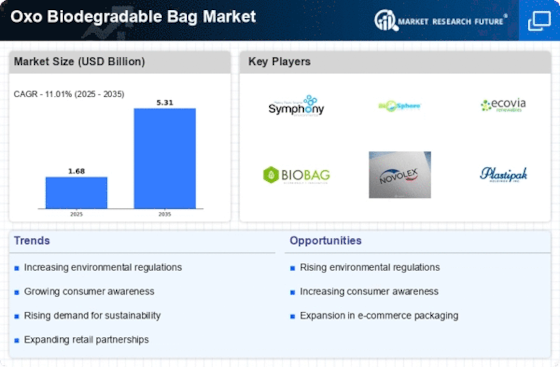
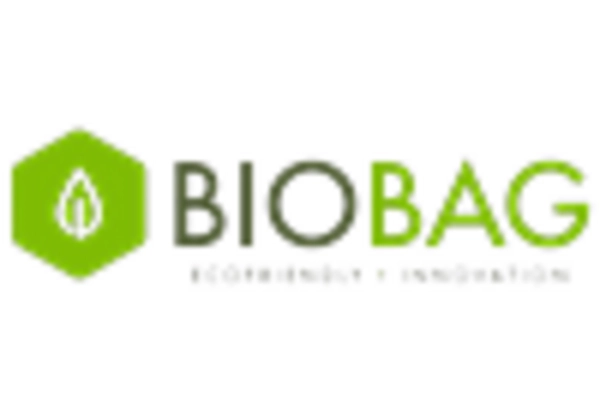
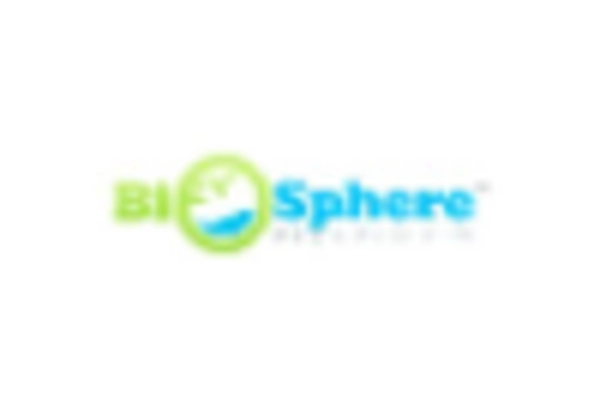

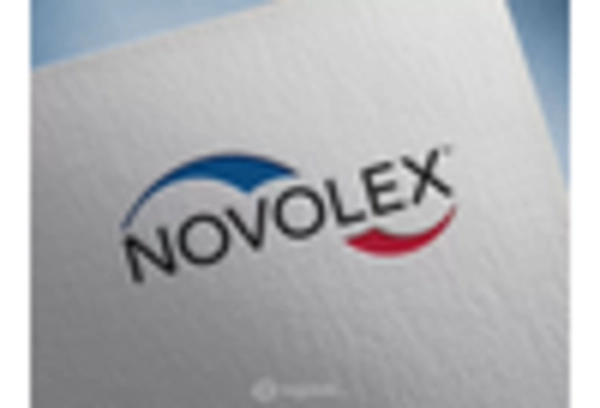
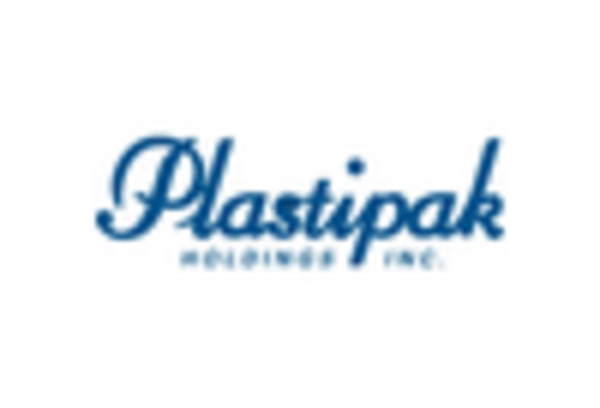
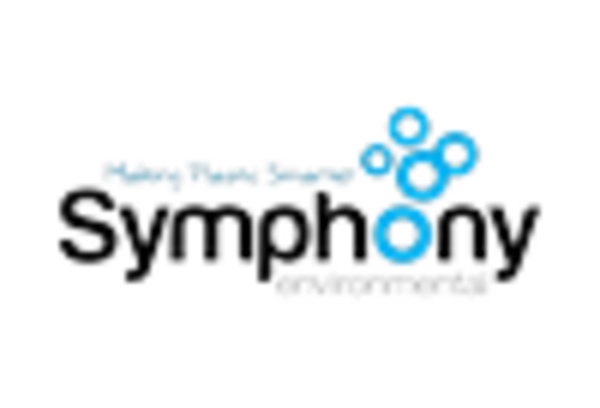








Leave a Comment